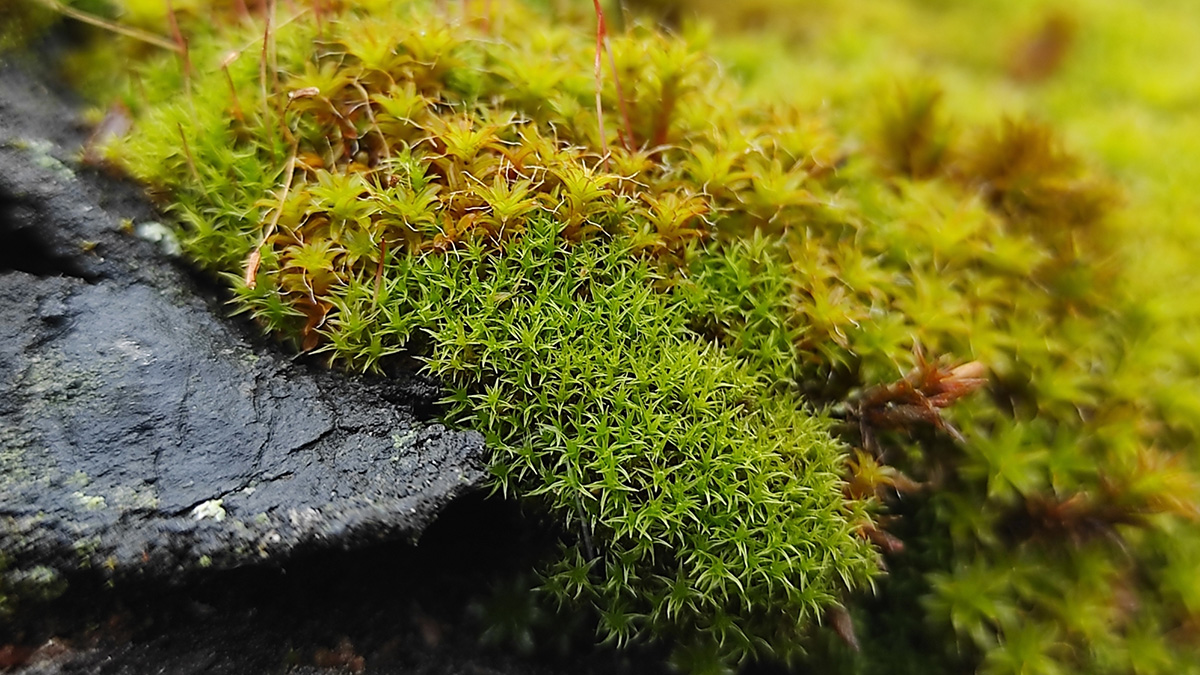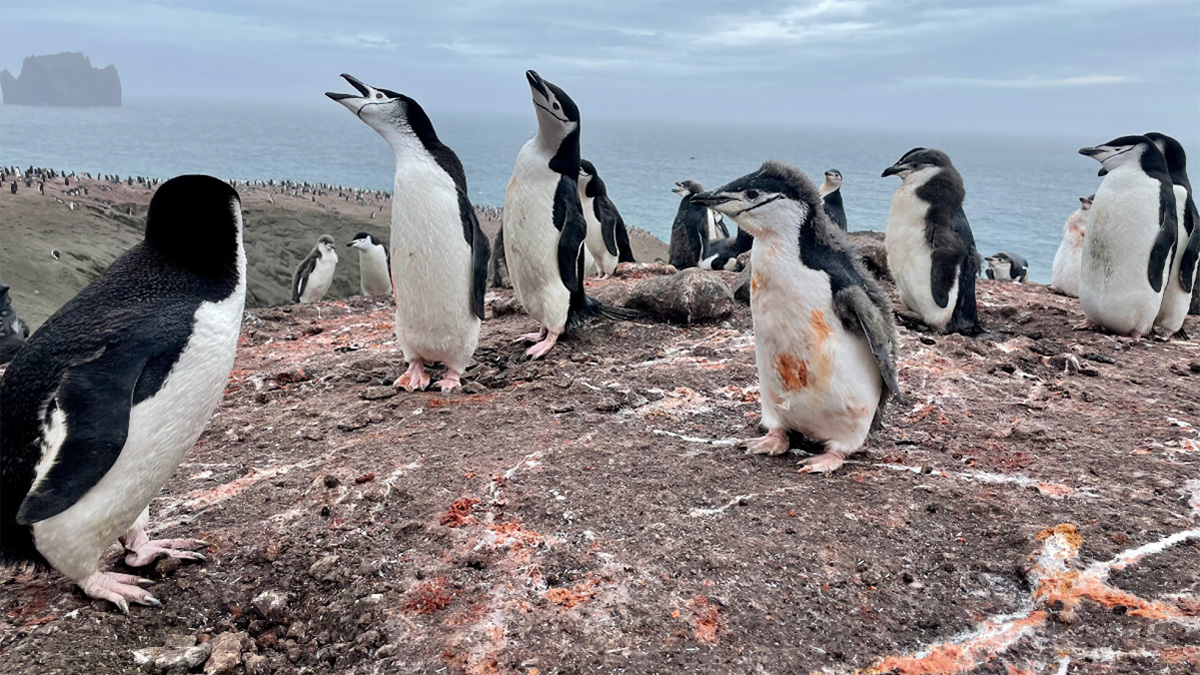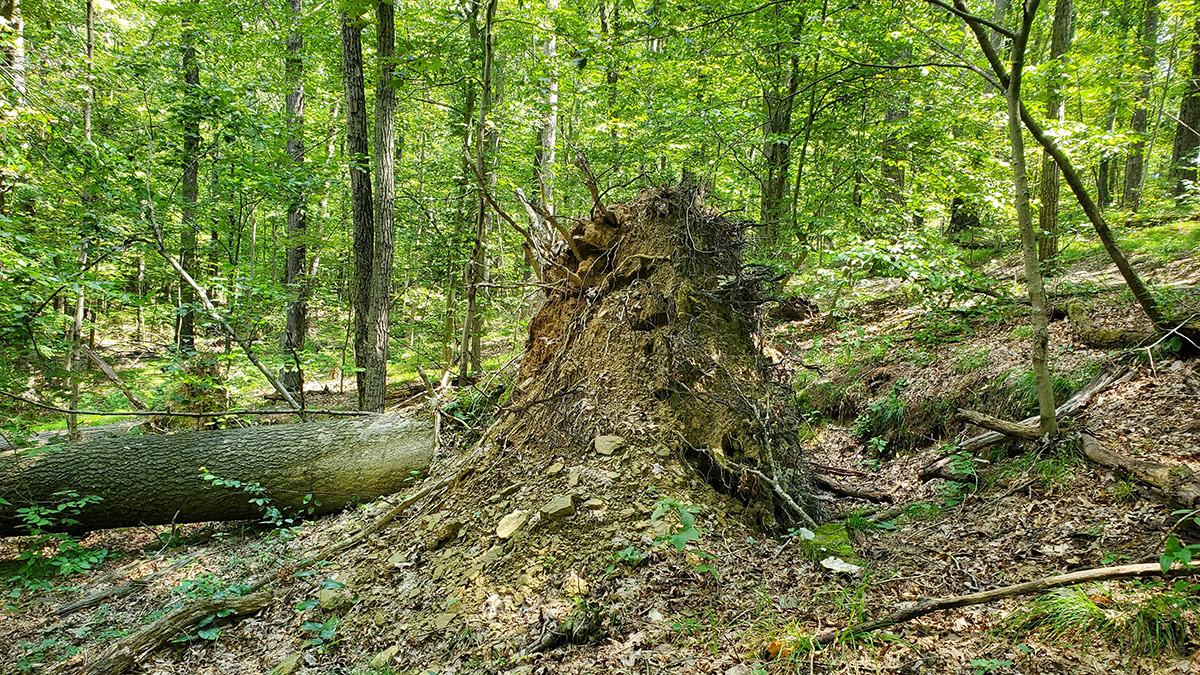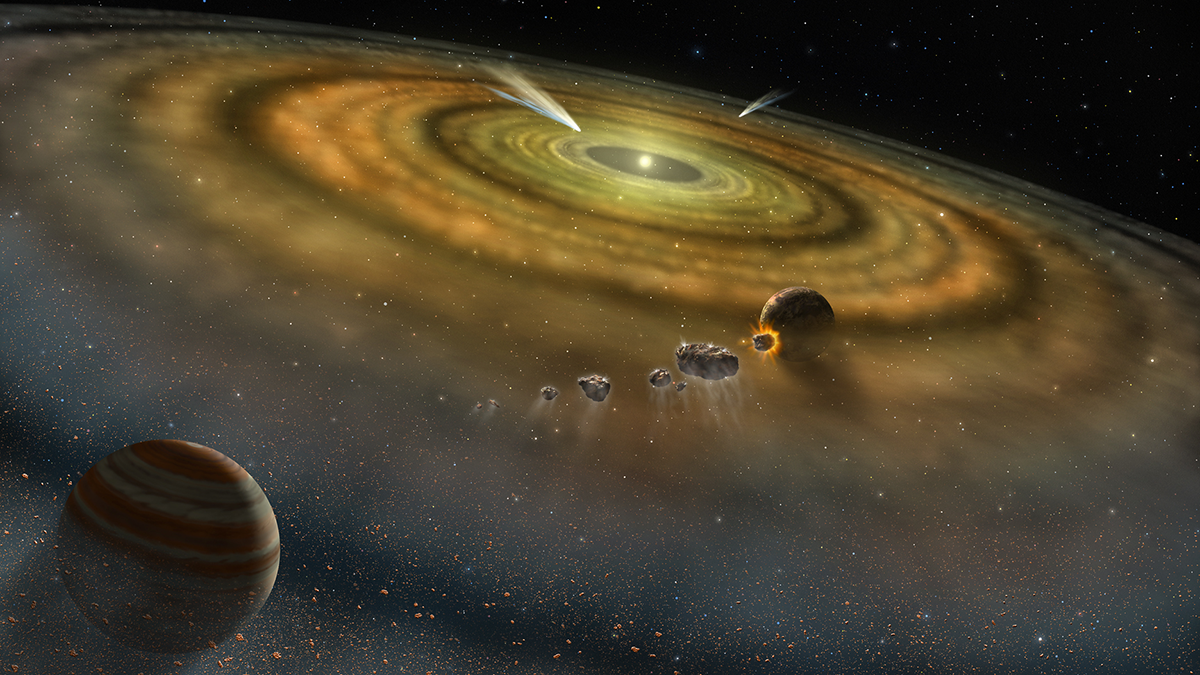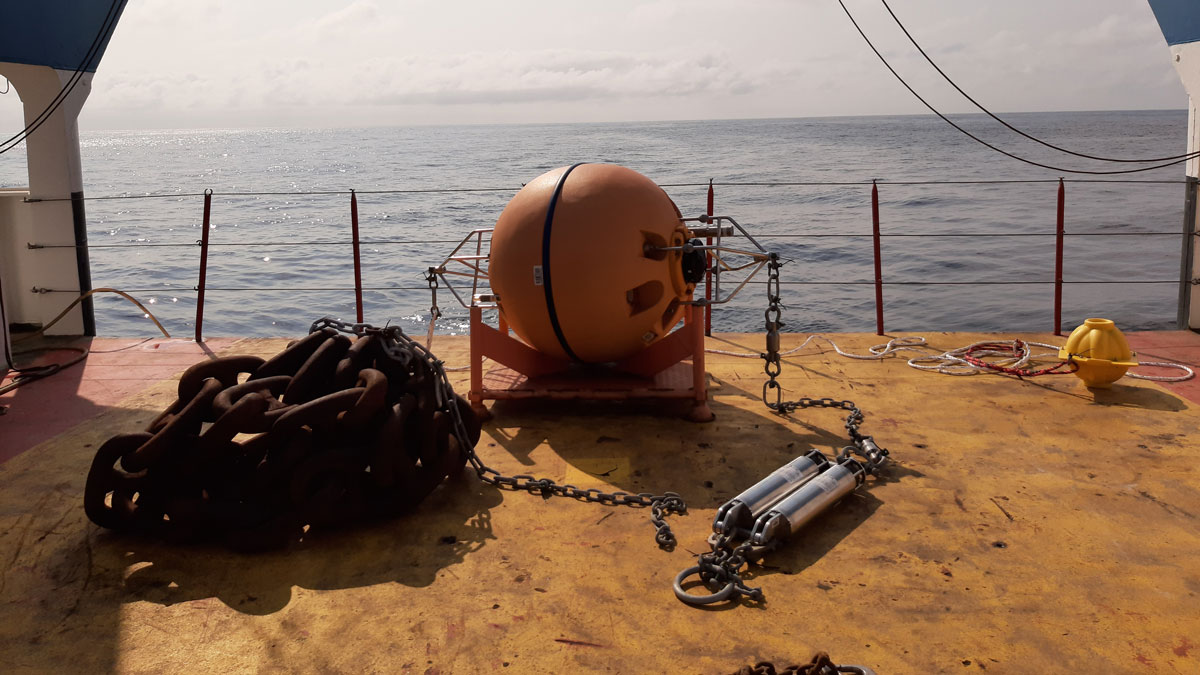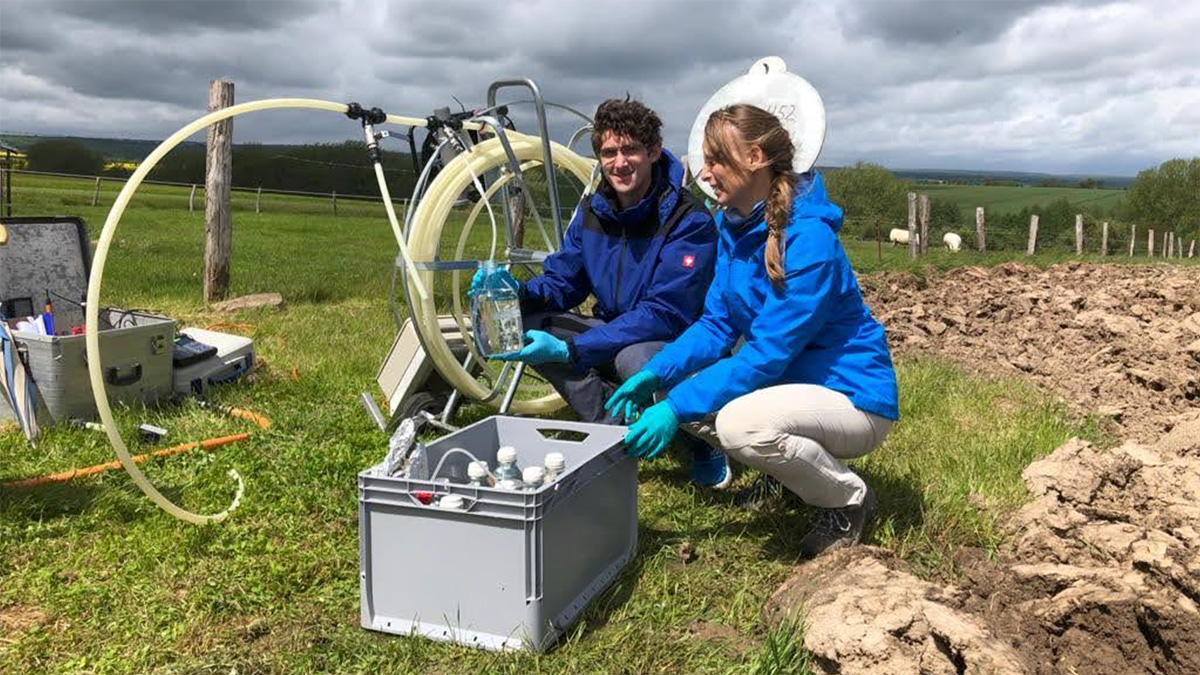A global survey of mosses growing on soil found that the somewhat underappreciated plants cover a vast area and perform tasks such as sequestering carbon.
Carolyn Wilke
Ancient Victims of Vesuvius May Have Baked in a Cloud of Ash
Debate still swirls around what killed ancient Romans during the 79 CE eruption. A study of wood charred by the event suggests a brief, but searing, flow of volcanic gas and debris.
Penguin Poop May Flush Iron into the Southern Ocean
Nutrients from the seabirds’ guano fuels the growth of carbon-storing phytoplankton, but penguin populations have plunged in the past 4 decades.
Tornadoes’ Fastest Winds Howl Close to the Ground
Radar data from storm-tracking scientists reveal that twisters’ winds churn 30% faster near Earth’s surface than above 100 meters, where measurements usually are taken.
Mapping Wetland Loss Across Three Centuries
Millions of square kilometers of wetlands have been drained or converted to make room for crops, pastures, or development. In some places, up to 80% are gone.
Roughed-Up Hillsides Reveal Tree-Toppling Winds
Researchers are reading pockmarks in the forest floor to study the uprooting of trees in southern Indiana and estimate how fast winds howled through the forest in the past.
Salt Spray May Stifle Lightning over the Sea
New research suggests that sea-salt aerosols seed large raindrops that starve clouds of water needed to make lightning. But not all scientists are convinced it’s simply about salt spray.
Isótopos de criptón proporcionan nuevos indicios sobre el pasado de los planetas
Para determinar cómo los elementos cruciales para el desarrollo de la vida llegaron a la Tierra, los científicos estudian los gases nobles. Actualmente, métodos mejorados traen consigo nuevos indicios a partir del criptón, el gas noble más enigmático.
River Floods Can Trigger Powerful Underwater Landslides
A record-length turbidity current triggered by river flooding has revealed a new link between the surface and the deep sea.
Groundwater May Fix as Much Carbon as Some Ocean Surface Waters
Microbes from wells as deep as 90 meters created organic carbon at a rate that overlaps with some nutrient-poor spots in the ocean.

